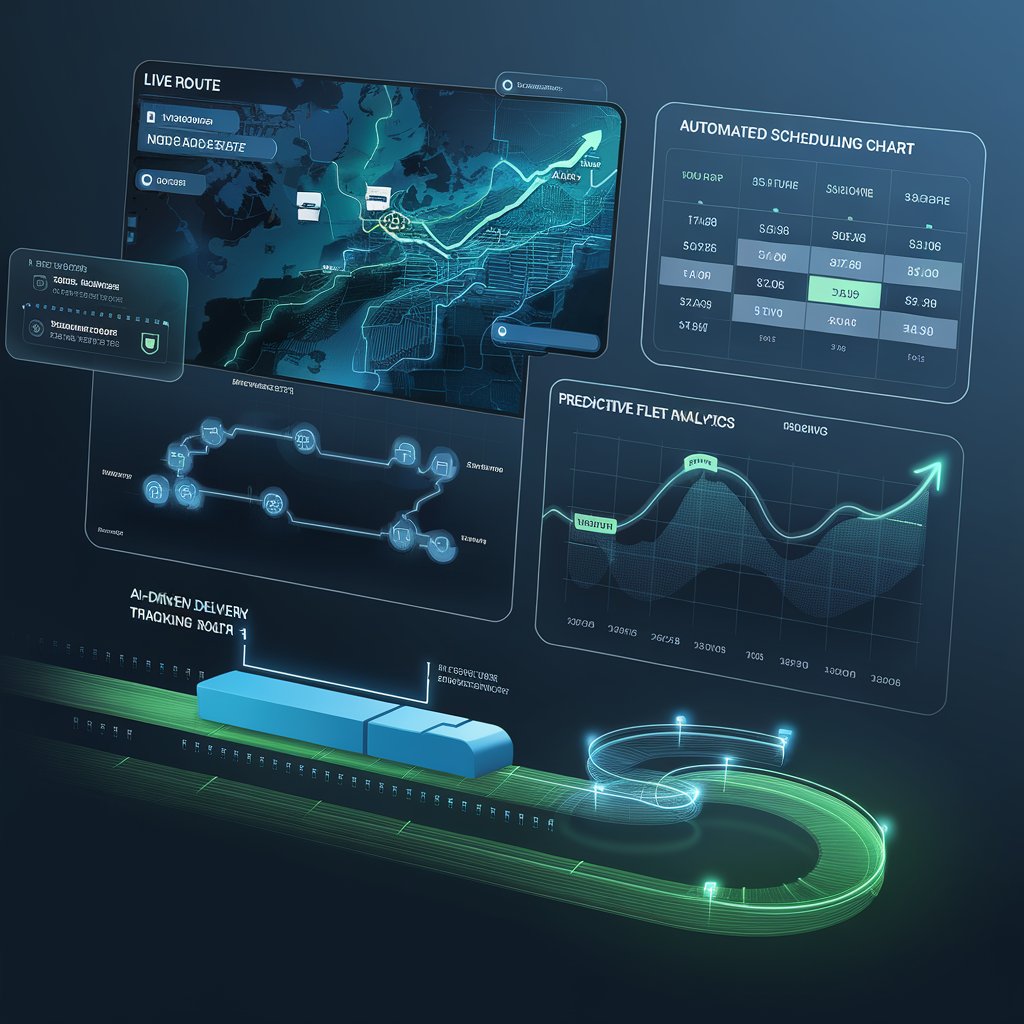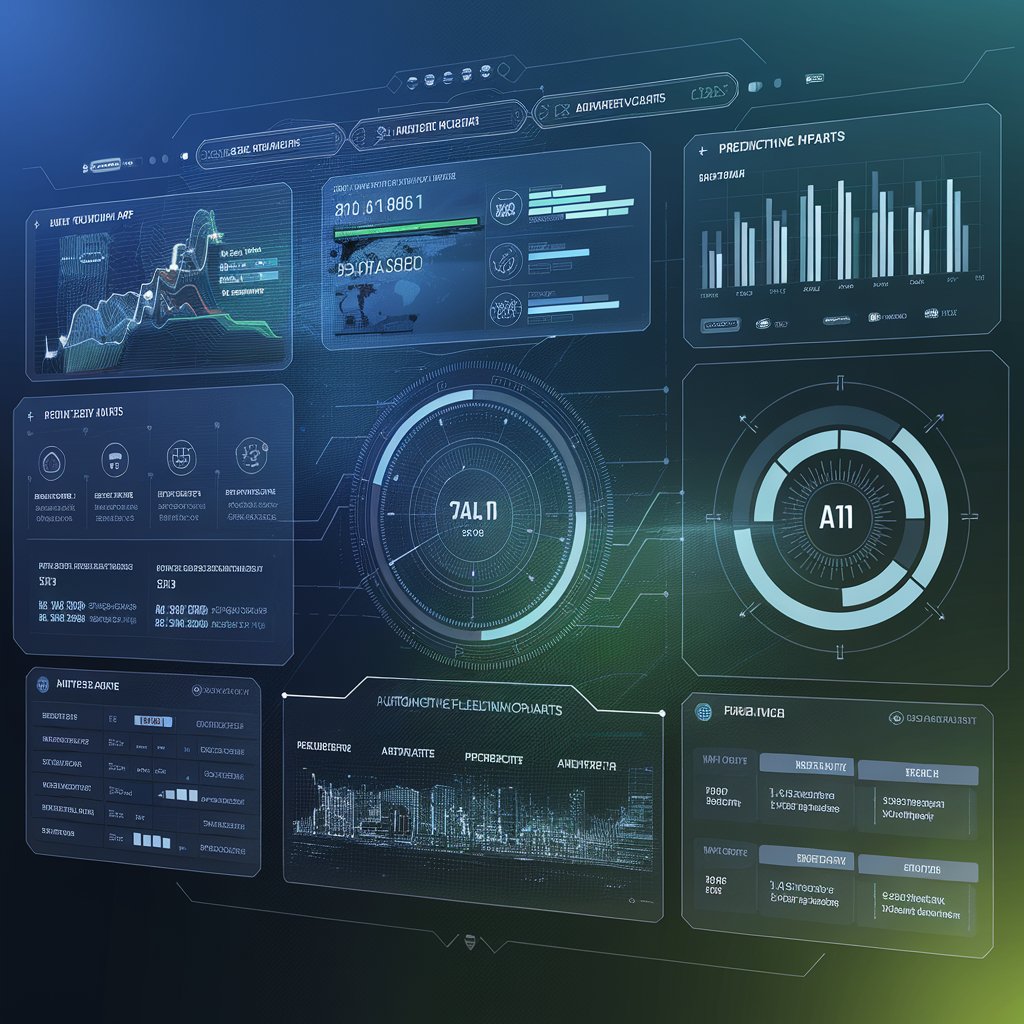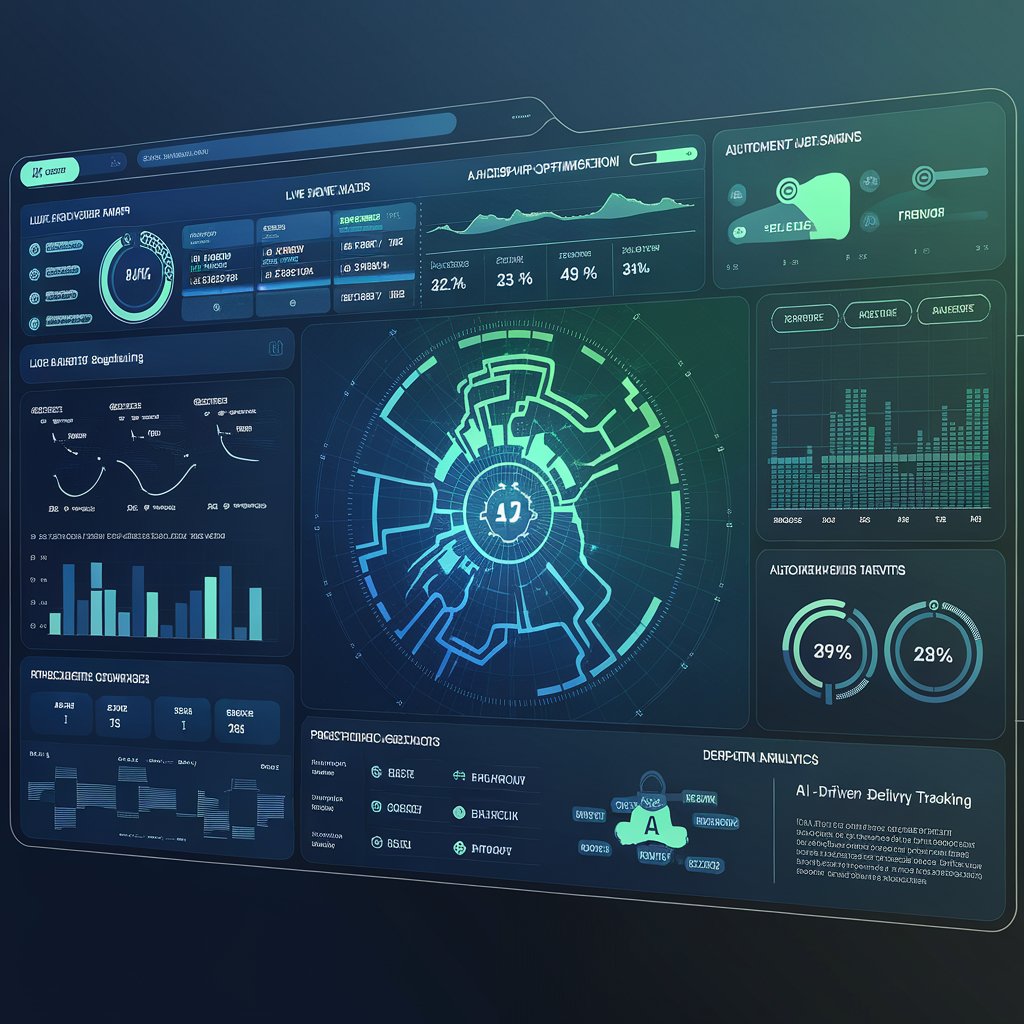AI Dispatch Optimization: Smarter Routing and Scheduling with Linbis

Introduction
That’s why Linbis introduced AI dispatch optimization — a smart system that leverages artificial intelligence to plan, assign, and execute deliveries with maximum efficiency.
It’s not just dispatching — it’s real-time logistics intelligence.
Step 1: Centralize Fleet and Order Data
Linbis begins by connecting all the key data sources required for smart dispatching:
- Fleet management systems: vehicle capacity, fuel levels, and GPS data.
- Order management platforms: pickup and delivery locations, time windows, and priorities.
- Warehouse systems: load availability and dock schedules.
- External sources: weather, traffic, and live road conditions.
This data fusion allows Linbis to build a complete operational snapshot, ready for AI-driven optimization.
Step 2: Route Optimization with AI
The AI engine analyzes every possible route scenario in seconds:
- Calculates optimal delivery sequences based on time, distance, and cost.
- Adapts dynamically to traffic or weather disruptions.
- Reduces empty miles and maximizes truck utilization.
- Considers driver hours, legal limits, and fuel efficiency.
Each route is automatically assigned to the most suitable driver or vehicle, ensuring deliveries are completed faster and cheaper — without manual planning.
Step 3: Automated Dispatch and Scheduling
Linbis connects optimized routes directly to dispatch automation workflows:
- Assigns shipments automatically based on driver proximity and availability.
- Sends route details, ETAs, and stop sequences directly to drivers via mobile.
- Reschedules in real time if a delay, breakdown, or cancellation occurs.
- Triggers alerts to customers and dispatchers automatically.
This creates a fully automated dispatch ecosystem — faster, smarter, and fully transparent.

Step 4: Real-Time Monitoring and Re-Optimization
AI dispatch optimization doesn’t stop once trucks are on the road. Linbis keeps monitoring every vehicle in real time:
- Tracks live delivery status and route progress.
- Compares actual performance vs. predicted plan.
- Re-optimizes routes automatically if conditions change.
- Generates predictive ETAs using live data inputs.
The result: continuous optimization, not just static planning.
Step 5: Predictive Insights and Reporting
Linbis uses machine learning to identify long-term optimization opportunities:
- Analyzes recurring route inefficiencies.
- Detects underperforming vehicles or carriers.
- Predicts seasonal demand peaks for dispatch capacity.
- Recommends fleet expansion or reallocation strategies.
These insights allow logistics managers to plan weeks ahead — with data, not assumptions.
Step 6: Integration and Workflow Automation
Linbis connects dispatch intelligence across the organization:
- Syncs updates with TMS, WMS, and CRM automatically.
- Sends delivery confirmations to accounting for instant invoicing.
- Integrates with customer portals for live ETA tracking.
- Feeds data back into forecasting tools for continuous learning.
Automation ensures zero manual coordination between departments.

Advanced Features
- AI route optimization engine for dynamic planning.
- Predictive dispatch analytics for future planning.
- Smart re-routing based on live GPS and conditions.
- Integrated driver communication tools.
- Custom automation workflows for dispatch managers.
Real-World Example 🚛
A 3PL company in Canada implemented Linbis AI dispatch optimization across its last-mile network.
After 3 months:
- Delivery time reduced by 25%.
- Fuel costs dropped by 18%.
- Dispatch workload cut by 60%.
Now, dispatchers monitor everything from a single Linbis dashboard — while AI handles assignment, route optimization, and scheduling automatically.

Benefits 📈
- Speed: Automate dispatching and reduce planning time.
- Efficiency: Maximize fleet utilization and cut idle miles.
- Accuracy: Deliver faster with AI-powered precision.
- Visibility: Monitor live performance and re-optimize instantly.
- Savings: Lower fuel, labor, and coordination costs.
Conclusion
With AI dispatch optimization, Linbis transforms dispatch management from manual scheduling to autonomous logistics control.
By merging artificial intelligence, automation, and real-time data, Linbis helps logistics teams plan better, act faster, and deliver smarter.
The future of dispatch isn’t manual — it’s AI-driven and self-optimizing with Linbis.
